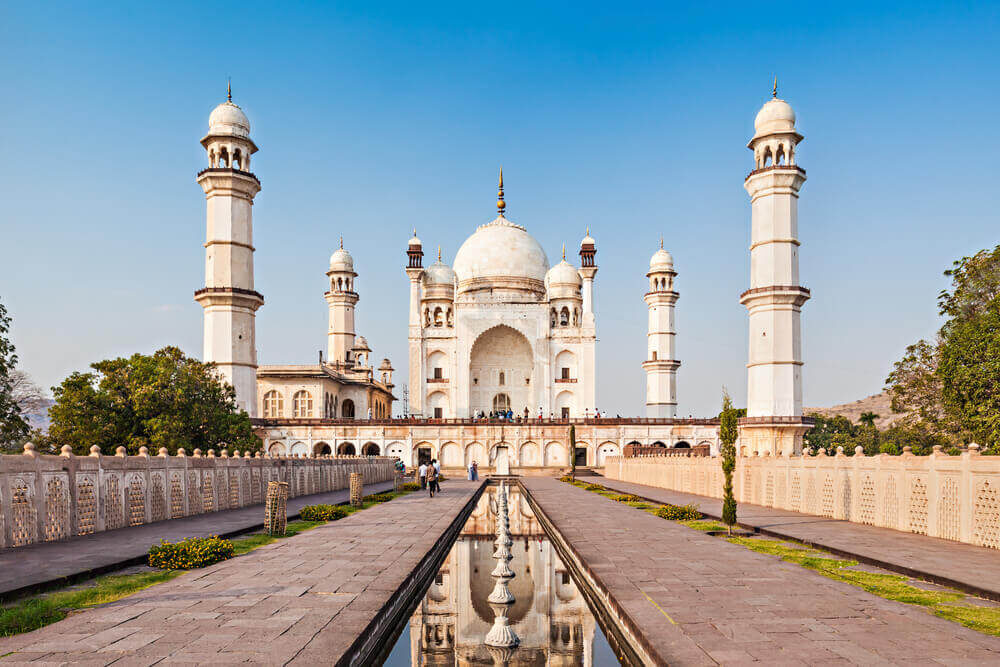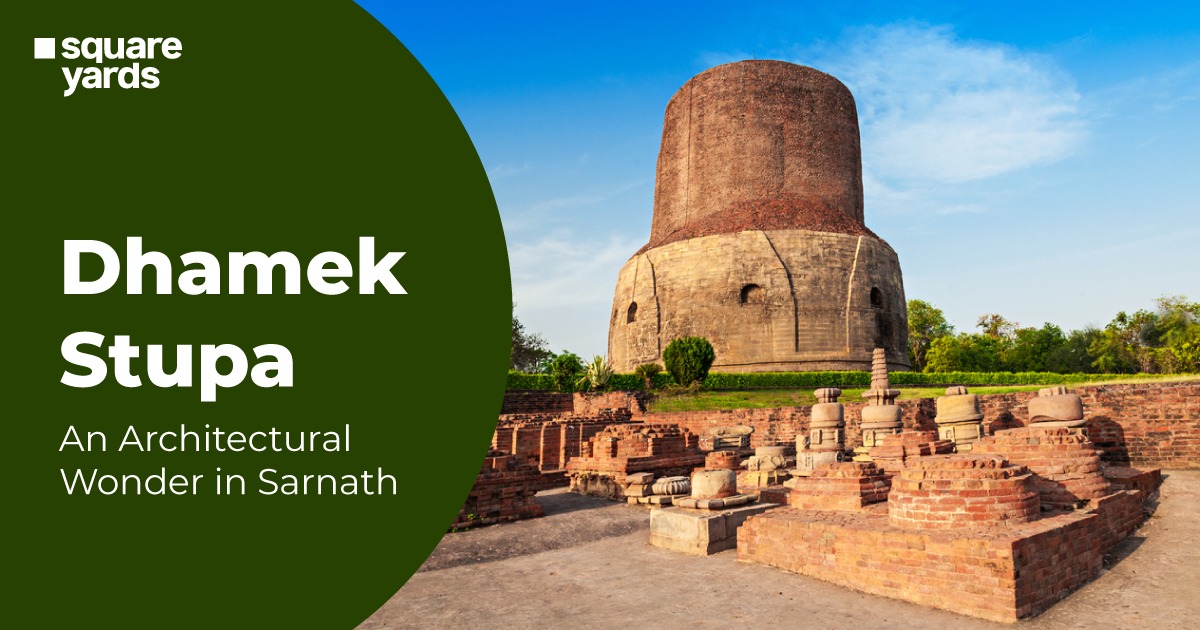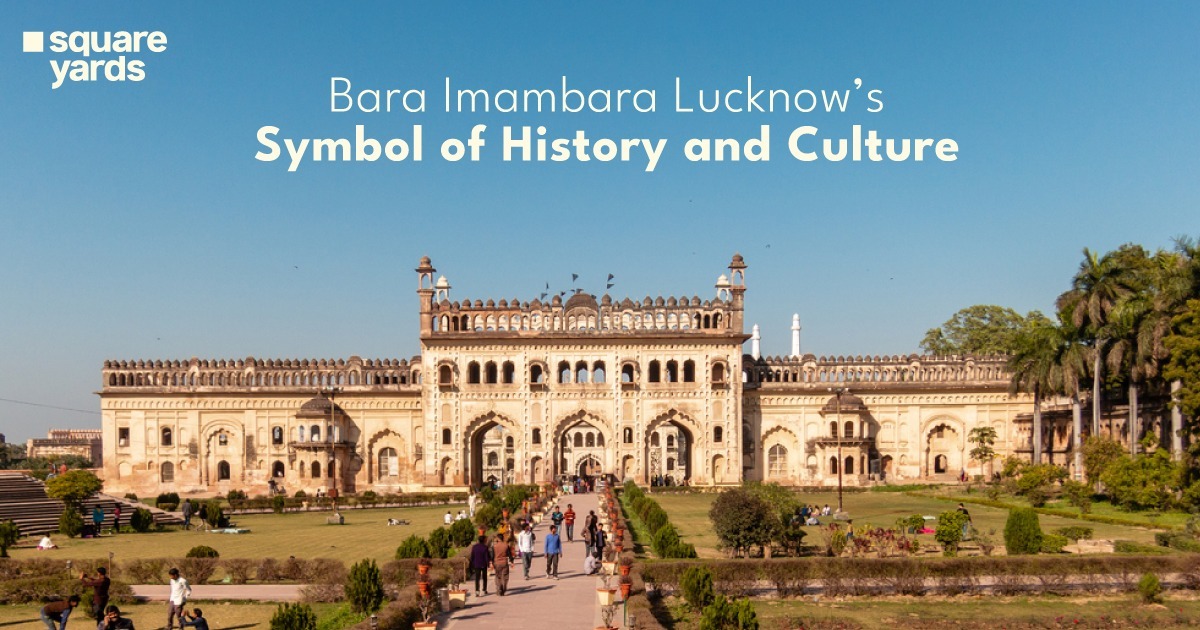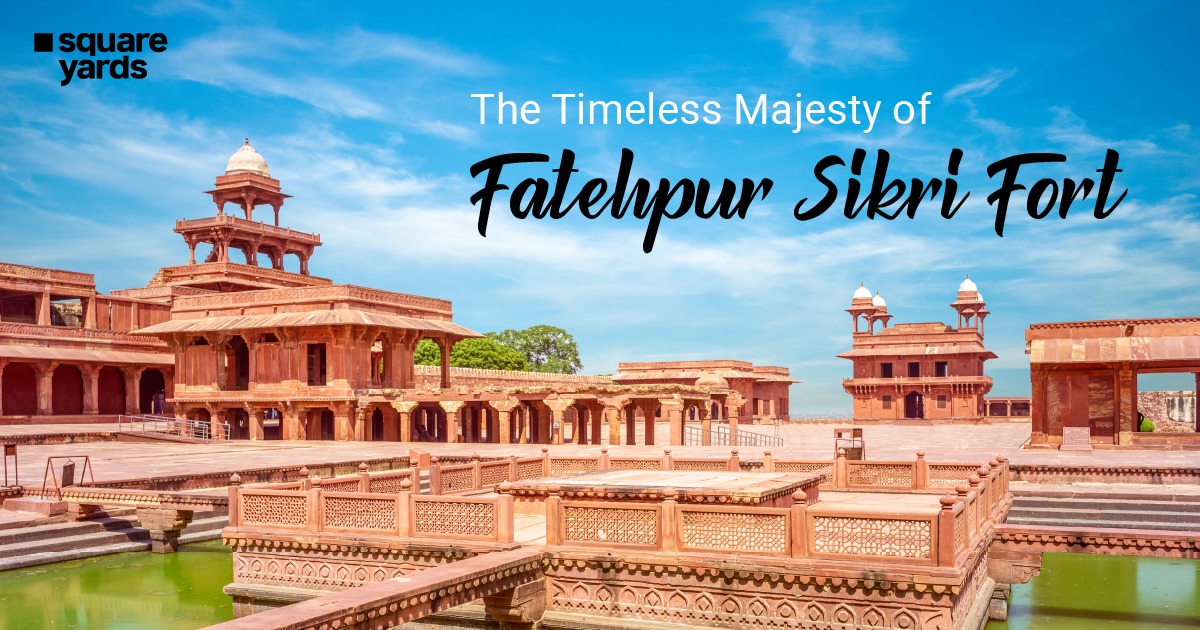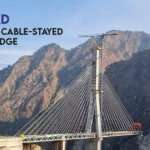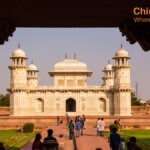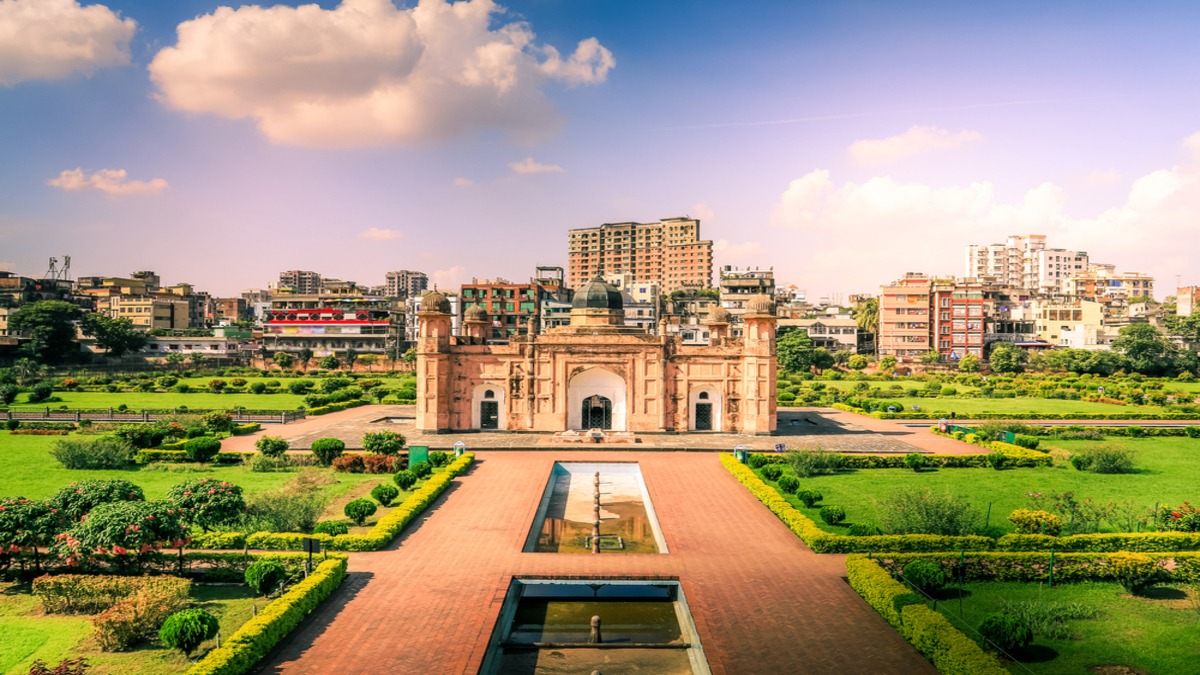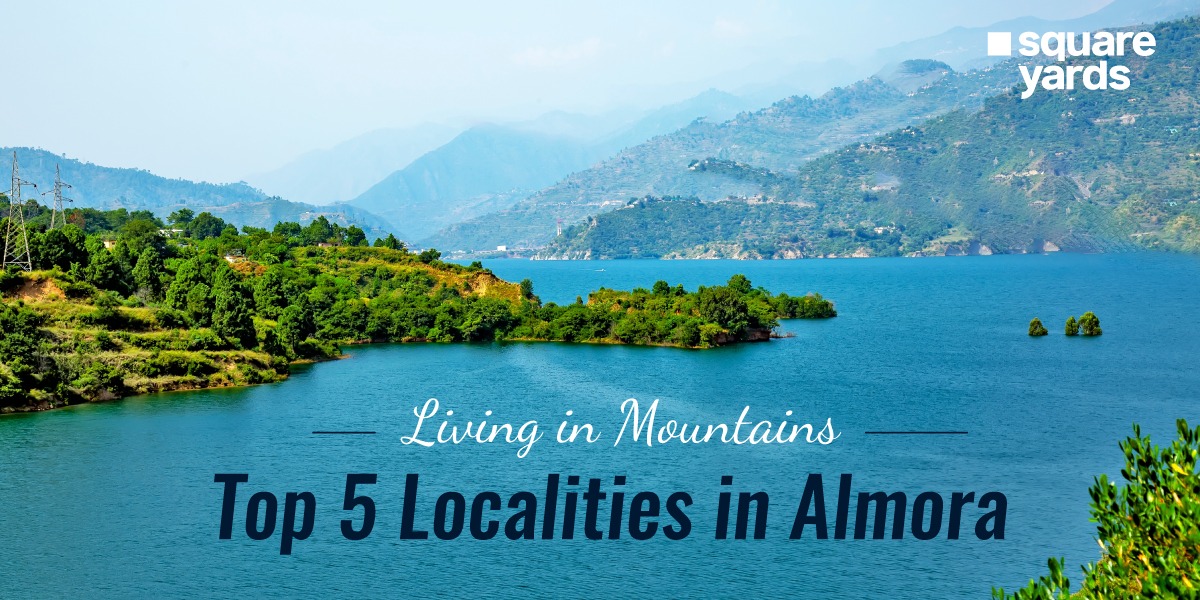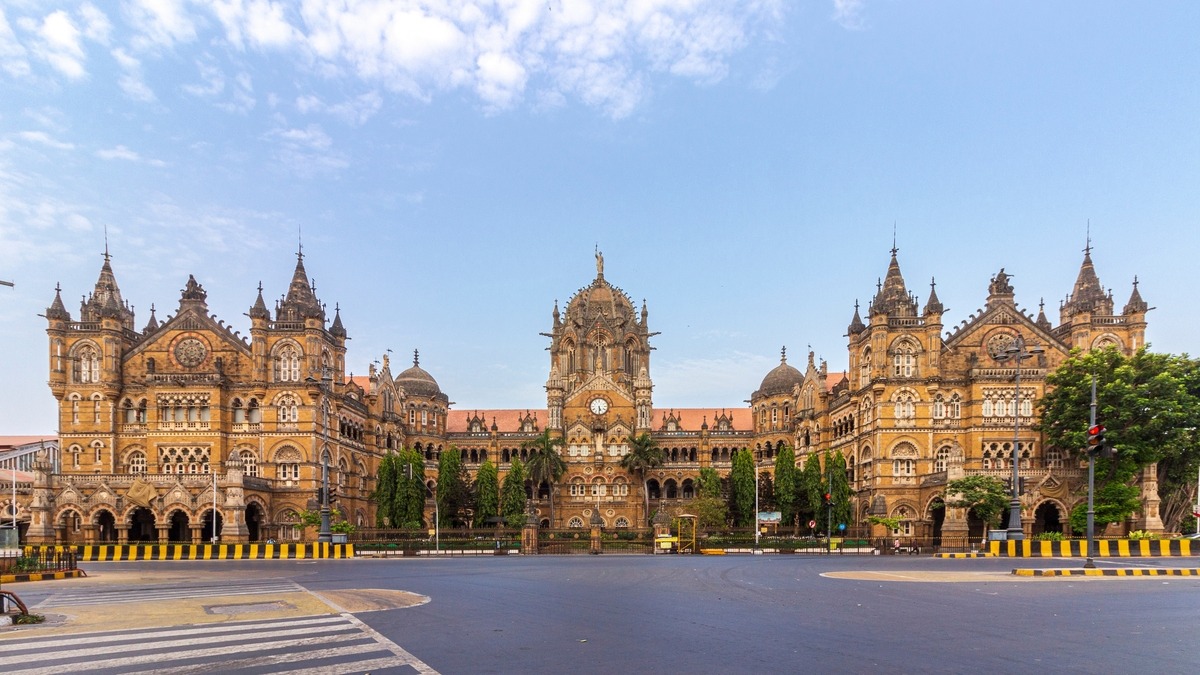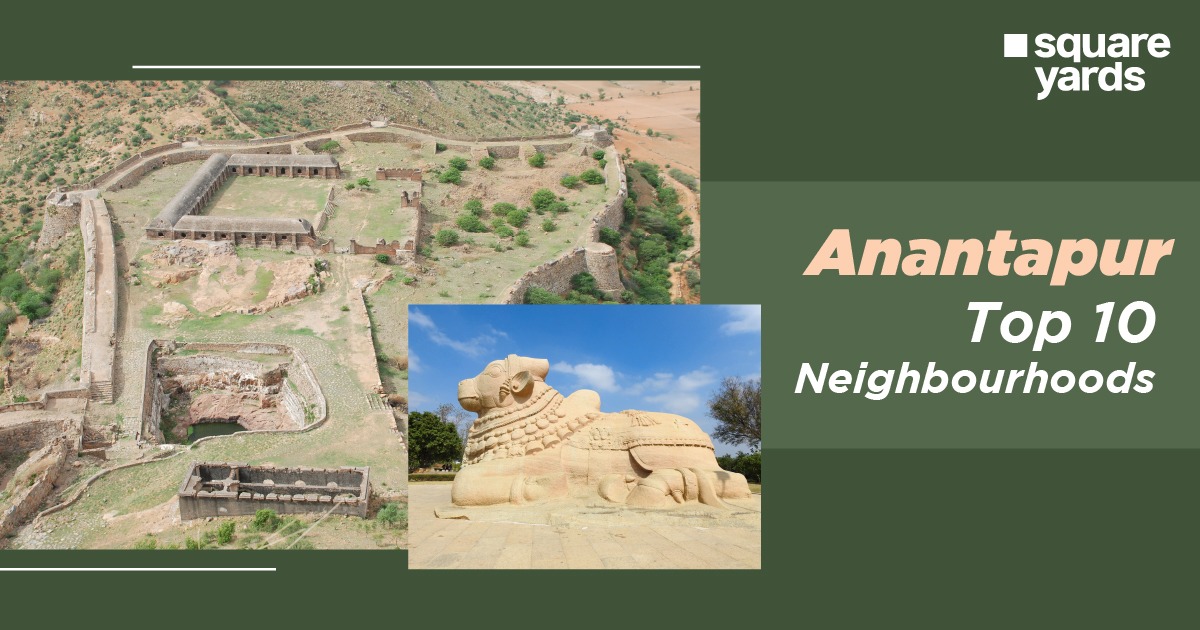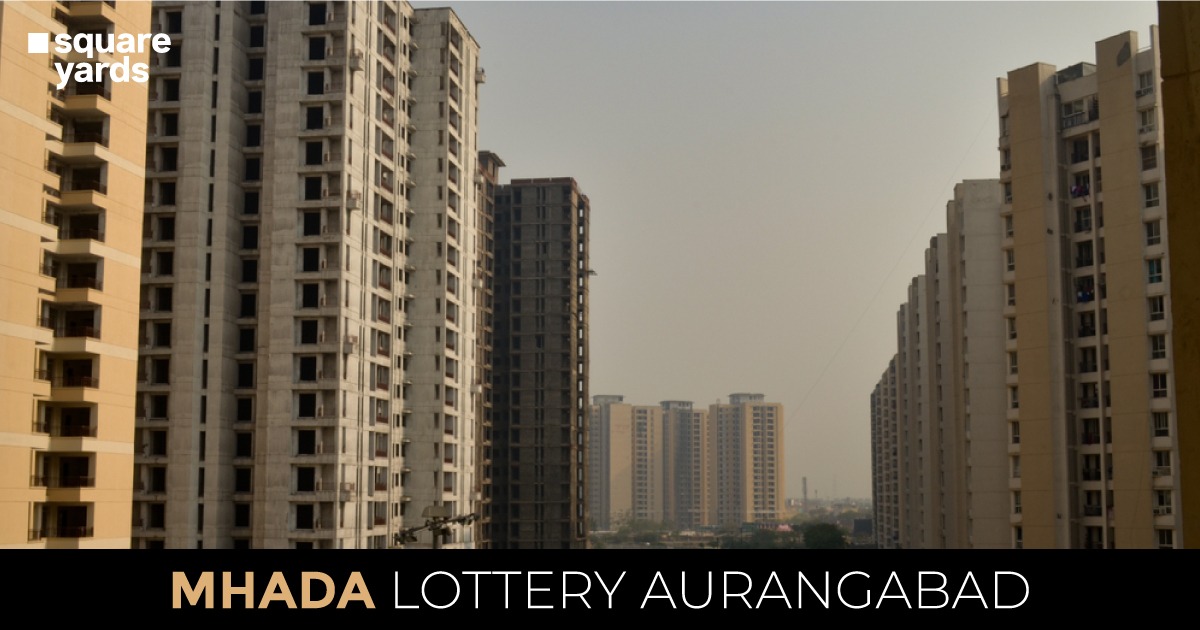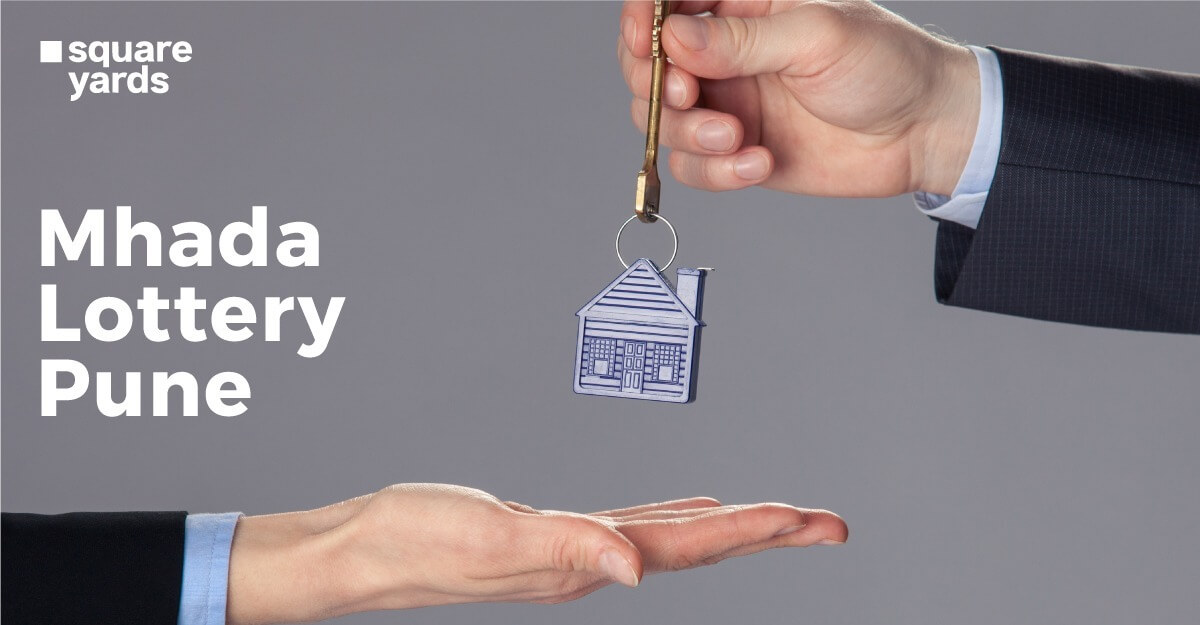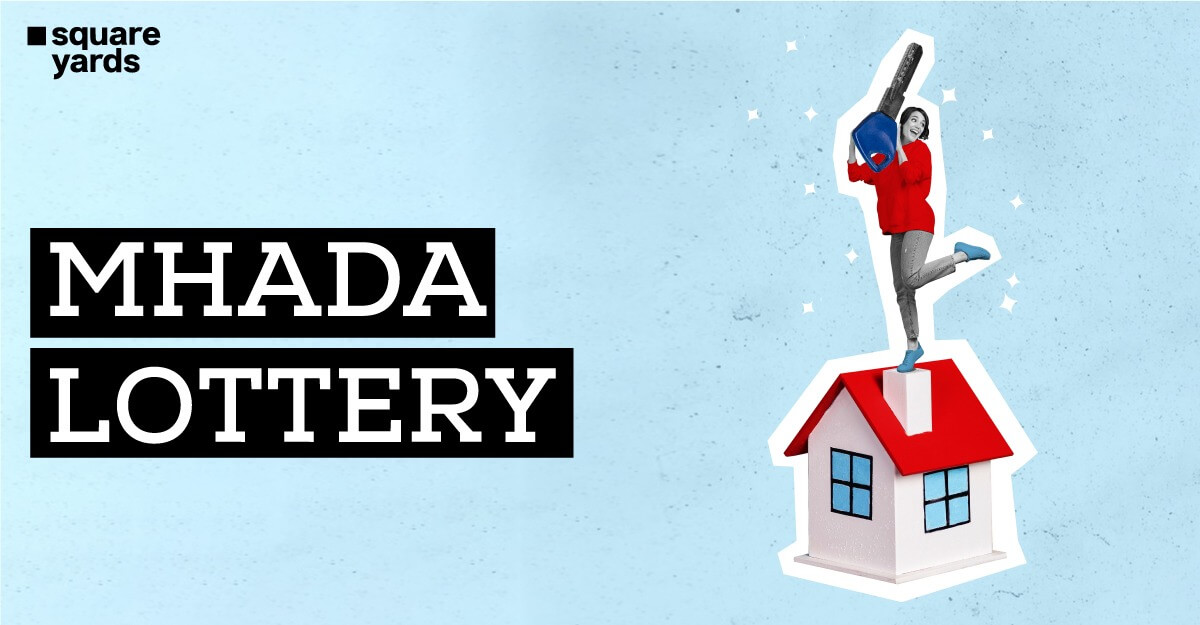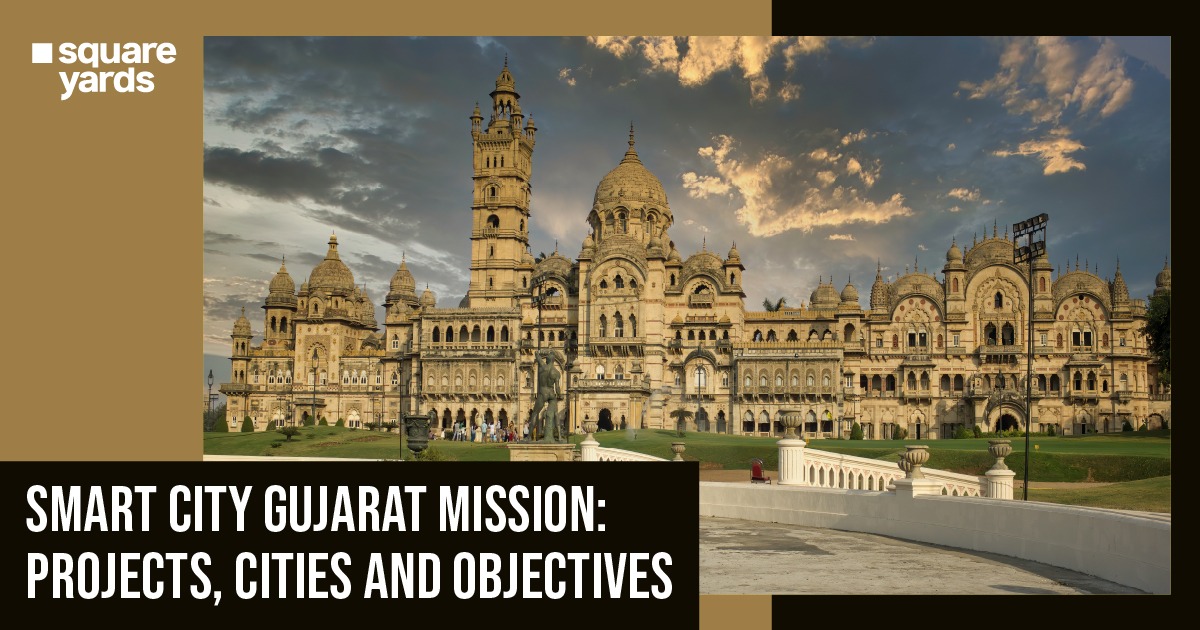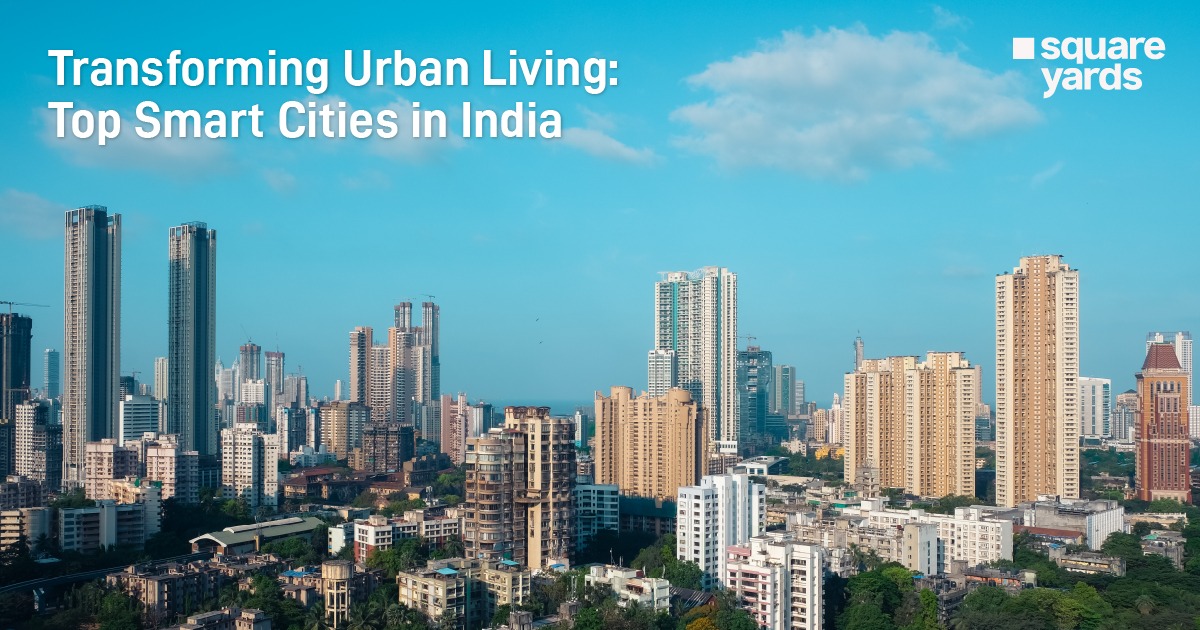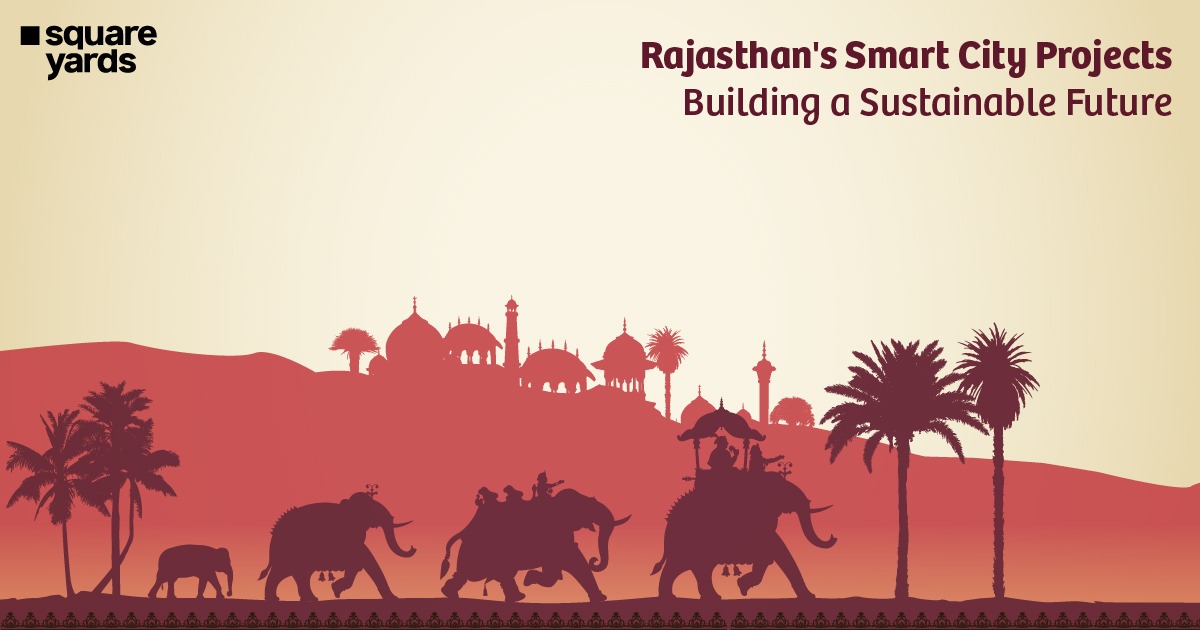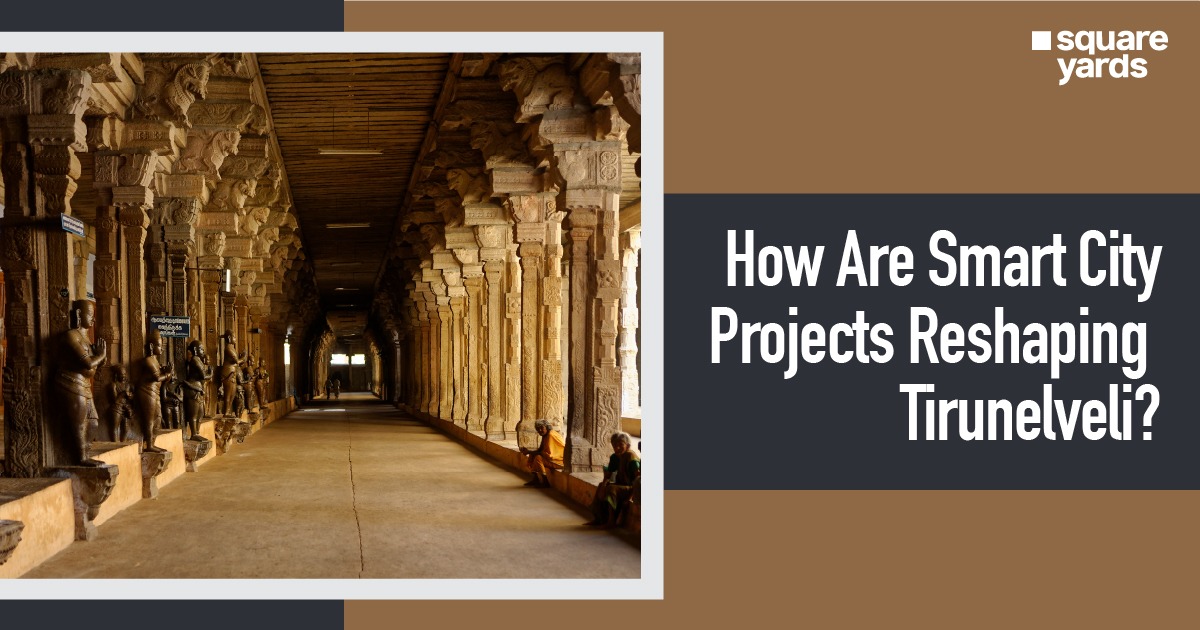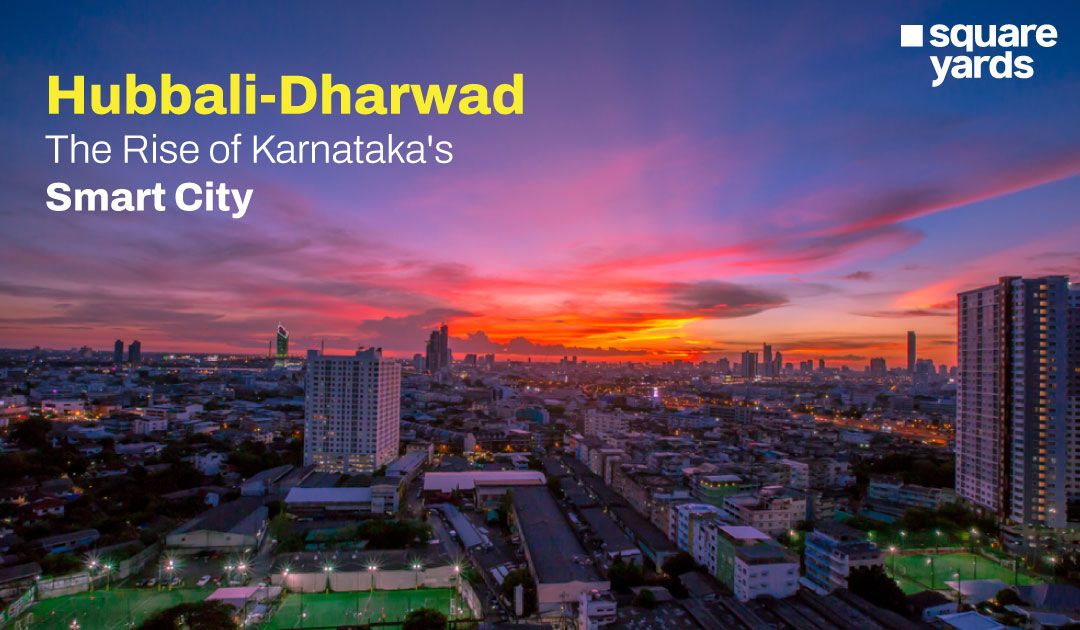Nestled between the lofty Sihyachal ranges of the Deccan plateau, Bibi Ka Maqbara, or Tomb of the Lady, stands gracefully and can be viewed from a distance on the road between Daulatabad and Aurangabad. A symbol of remembrance and memento of love, this monument has been denied the attention it deserves and has become a part of the hidden gem of heritage architecture. Bibi-Ka-Maqbara is located in the historical city of Aurangabad in Maharashtra and is built in the memory of the wife of Emperor Aurangzeb.
Who shrunk the Taj Mahal? That’s the first thought that comes to mind on viewing the Bibi Ka Maqbara, which is also referred to as the “Taj of the Deccan”. It has a striking resemblance to one of the world’s most renowned monuments and the UNESCO world heritage site. Though the comparison between the Taj Mahal and Bibi Ka Maqbara seems uncanny when factors such as political position and the financial prowess of the Emperor Shah Jahan are taken into account as compared to the Aurangzeb’s rule. Read on to find out the following details of this glorious monument.
Table of contents
Bibi Ka Maqbara’s History
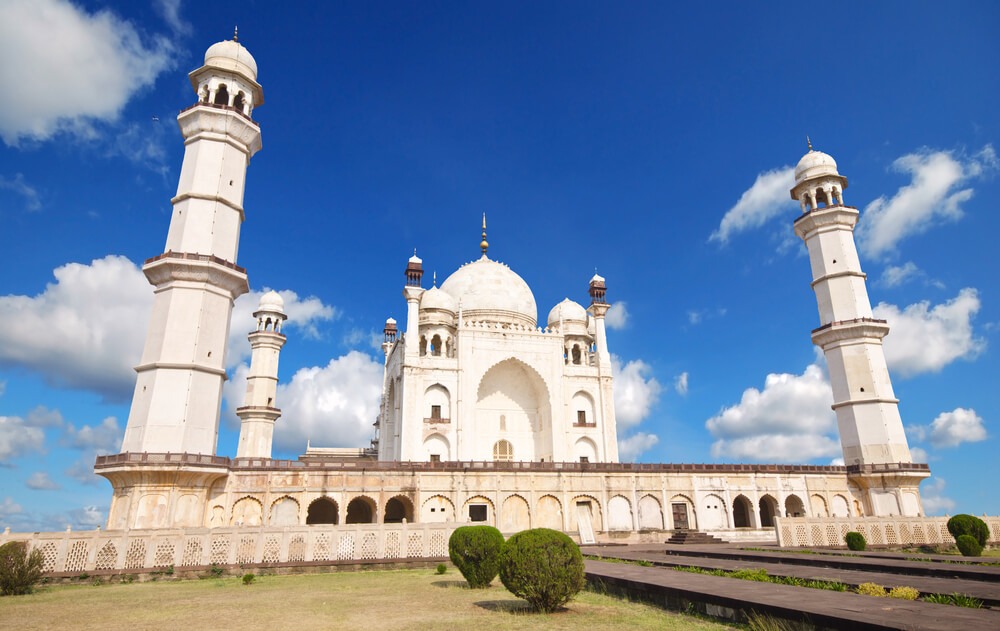
Bibi-Ka-Maqbara or Queen‘s Memorial was erected in memory of the Mughal Emperor Aurangzeb’s wife, Dilras Banu Begum, popularly known as Bibi Dilras Banu Begum. Further, it was titled Rabia-ud-Daurraini (‘the modern-day Rabia’). The title refers to a generous lady who was known for her pious and kindhearted nature.
Bibi-Ka-Maqbara is the historic landmark of Aurangabad in Maharashtra. The tomb was constructed between 1651 and 1661 AD and was commenced by emperor Aurangzeb and his eldest son Azam Shah. As the Mughals had their capitals in Agra and in Delhi, most of their notable and opulent memorials were found in the north. This was one of the isolated Mughal monuments built in Maharashtra due to Aurangzeb’s long-term governorship in Aurangabad.
Splendid View of the Maqbara
The Mughals laid great emphasis that buildings needed to be constructed in a place with beautiful surroundings. Like, The Taj Mahal’s elegance can to some extent be attributed to its location on the banks of the Yamuna River. The same holds true of the Mausoleum, whose beauty is enhanced by the velvety green hills that form a picturesque backdrop. The Maqbara is situated on the most elevated part of the city, making it visible from a distance, and adding to its splendour.
Structure and Architecture
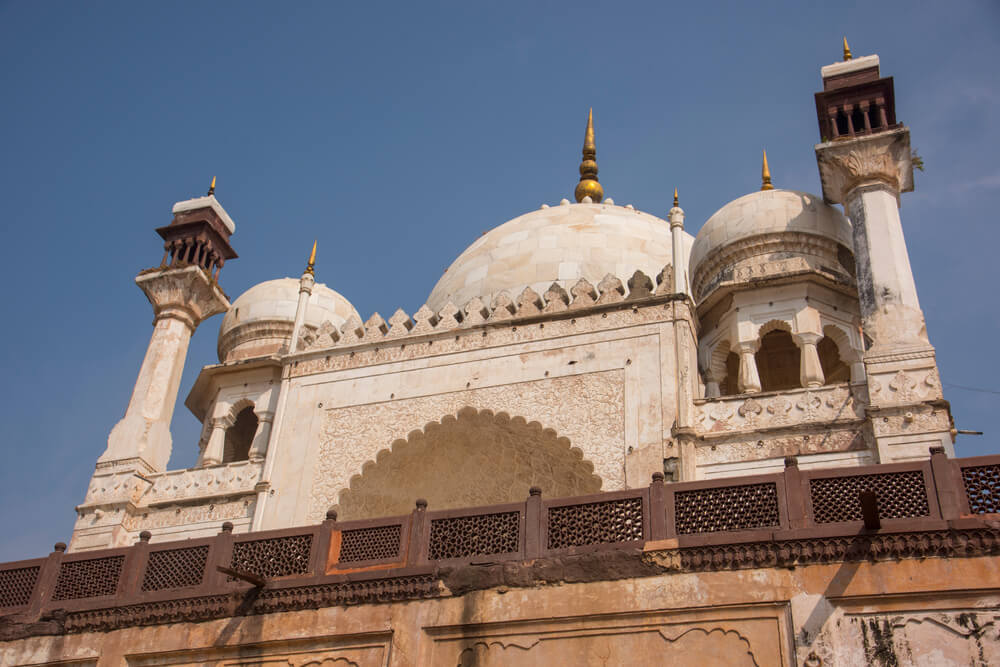
Bibi ka Maqbara was conceived by Attaullah Rashidi, one of the three sons of Ustad Ahmed Lahori, the chief architect of the Taj Mahal. He had apprenticed under his father while he was working on the Taj Mahal and had gathered valuable experience.
Attaullah was supported by Hanspat Rai, an engineer who was responsible for overseeing the construction of the entire structure.
The main mausoleum is circular in plan and about 170 feet in diametre. Its base rests on a plinth, and the octagonal minarets on all four sides are constructed of marble. The minars are three-storeyed high measuring up to 72 feet high with a flight of 144 stairs leading to the top. Furthermore, after each floor, a gallery opens out with railings of red sandstone carved in jali design.
The dome of this tomb has panels adorned with intricate designs of flowers.
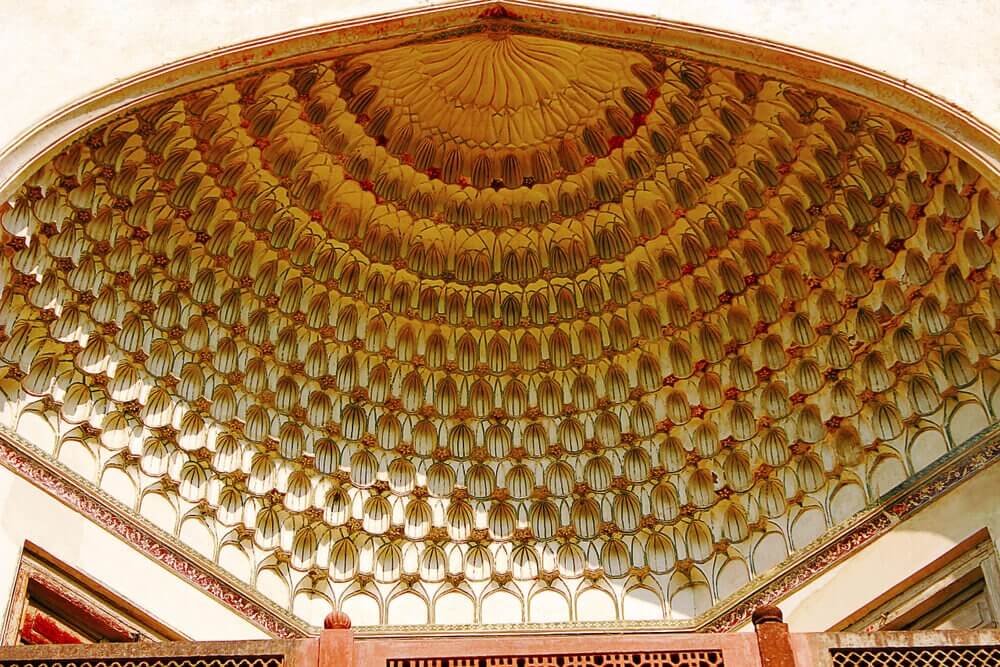
At the centre of the mausoleum is a tomb of Rabia-ud-Daurrani surrounded by an exquisite octagonal lattice screen of white marble. Apart from the dome, the construction has been done with plaster and the red stones used were brought from the quarries of Jaipur. Azam Shah wanted to make it even more pretentious than the “Taj Mahal” but could not afford the expenses paid by Emperor Aurangzeb. Due to technical flaws and the lack of funding, it could never come close to the grandeur of the “Taj Mahal”.
The Gardens
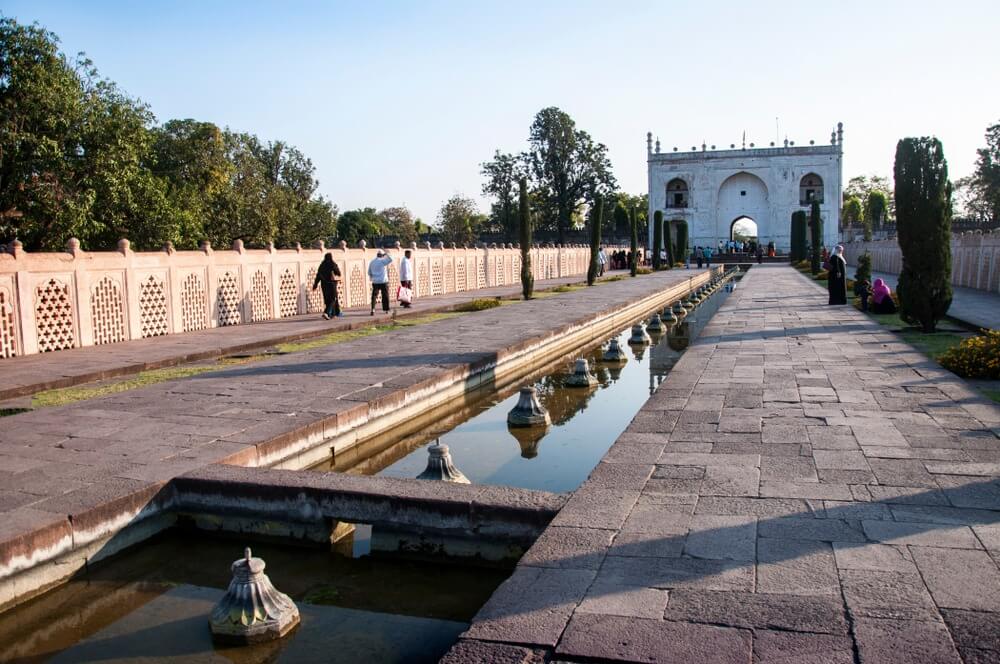
Gardens were an integral part of the Mughal Architecture based on a Charbagh pattern. Bibi Ka Maqbara is no different. It also has a Charbagh-styled garden with all four buildings on each side. To the north is a 12-door Baradari, while on the south is the main entrance, to the west is a mosque and facing the east is Aina khana or the mirror chamber. On either side of the pathways, seasonal flowers and trees have been planted. There is a water pool along with oblong reservoirs, which are 488 feet long, 96 feet wide and 3 feet deep, with a total of 61 fountains.
Bibi ka Maqbara’s Graceful Interiors
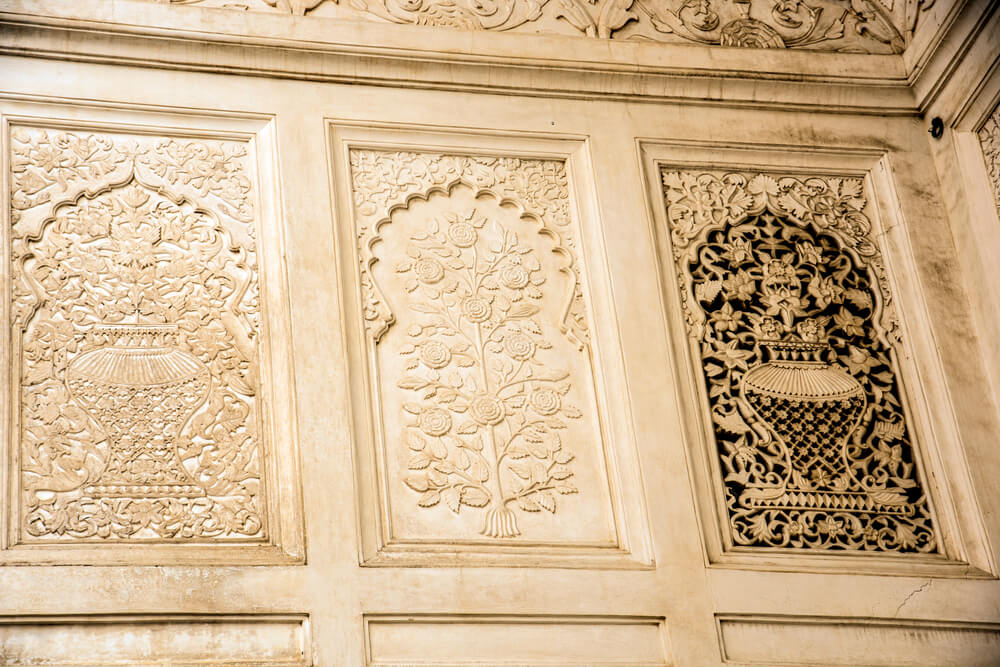
From the entrance to the interiors, various decorative elements are employed in the monument such as stucco painting, stucco plaster with relief ornamentation, glazed tiles and lattice work. The entrance ceiling has exquisite paintings of geometric designs woven together with intricate threads into a complicated design. Lattice work features intricate floral, leaf or geometric patterns that are carved out on screens, and are visible as you enter the main building and walk towards the tomb.
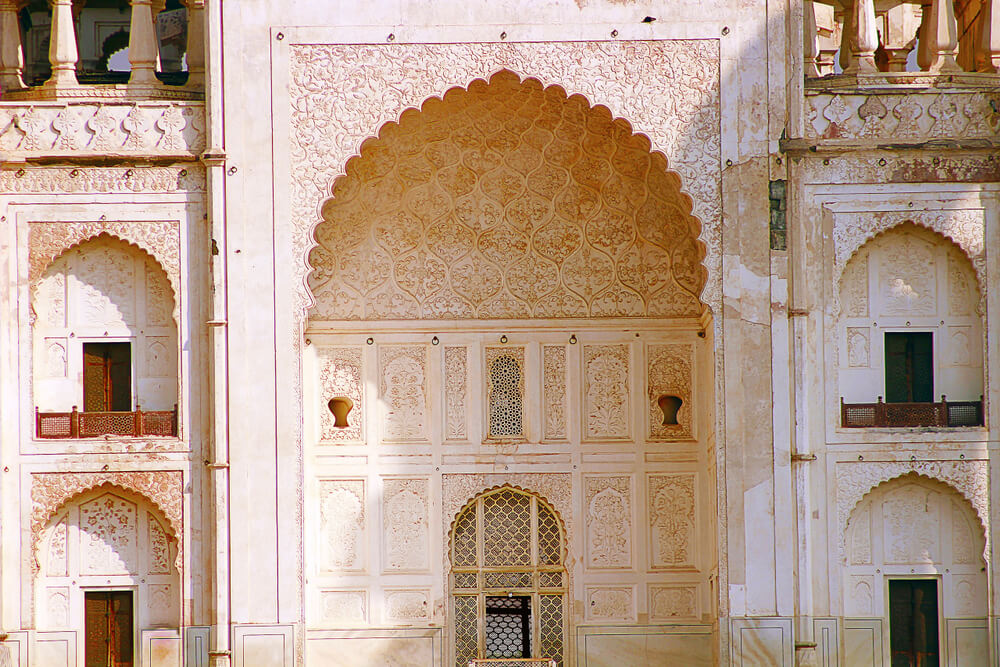
The flooring of Bibi Ka Makbara is made up of red sandstone where white marble slabs on each side of the entrance steps are laid black earthenware tiles.
Interesting Facts about Bibi ka Maqbara
- Though Bibi Ka Maqbara looks strikingly like the Taj Mahal, it has its own beauty and charm. And what adds to its glory is that it is the only monument erected by the Mughals in the Deccan and, hence, known as the ‘Taj of the Deccan’.
- The Taj of Agra is constructed completely in marble, whereas the Bibi-Ka-Maqbara, except for the small central portion of the main mausoleum, the rest of the building is constructed in red stone, lime and stucco plaster.
- The mortal remains of the queen Rabia Daurani are kept below the ground level adorned with an octagonal jali marble screen around the tomb.
- The Maqbara is 30 per cent smaller in size than the Taj Mahal and was completed in 7 years.
- A small archaeological museum is located behind the monument honouring its history and architecture.
The Lost Gem
Bibi ka Maqbara’s grace, delicacy and finesse cannot be denied. Even from a distance, the monument does not fail to impress and is soothing to the eyes with its tall cypress trees, lush dark green lawns, huge mango trees and colourful rose bushes planted all around. It may not be known as a renowned wonder as the Taj Mahal but it will always be a monumental legacy of the last phase of Mughal history and architecture.
Ways To Reach Bibi Ka Maqbara
Situated in Maharashtra, Aurangabad is a popular tourist city attracting visitors round the year for its various monuments and is easily accessible from all over India. Bibi ka Makbara is 5 km from Aurangabad and can be visited by state transport, bus or private car or taxi.
Stories you may also like
FAQs
What is Bibi Ka Maqbara made of?
Bibi ka Maqbara is made of player, red stone and marble.
What is the history of Bibi Ka Maqbara?
Bibi Ka Maqbara was erected in memory of the Mughal emperor Aurangzeb’s wife, Dilras Banu Begum
Which one is better: Taj mahal vs Bibi ka Maqbara?
Bibi Ka Maqbara is almost half the size of the Taj Mahal. The main platform of the Taj Mahal is at a height of 22 feet while the Maqbara stands on a 19-foot plinth. The Taj Mahal took around 22 years to complete while it was completed in 7 years. The Taj is constructed completely in marble, while Bibi-Ka-Maqbara is constructed in stone, red stone, lime and stucco plaster.
Is Bibi Ka Maqbara a World Heritage Site?
Bibi ke Maqbara Aurangabad Maharashtra is not a World Heritage Site
What is the other name of Bibi Ka Maqbara?
Bibi Ka Maqbara is also called the Taj of the Deccan or the Dakkhani Taj.


